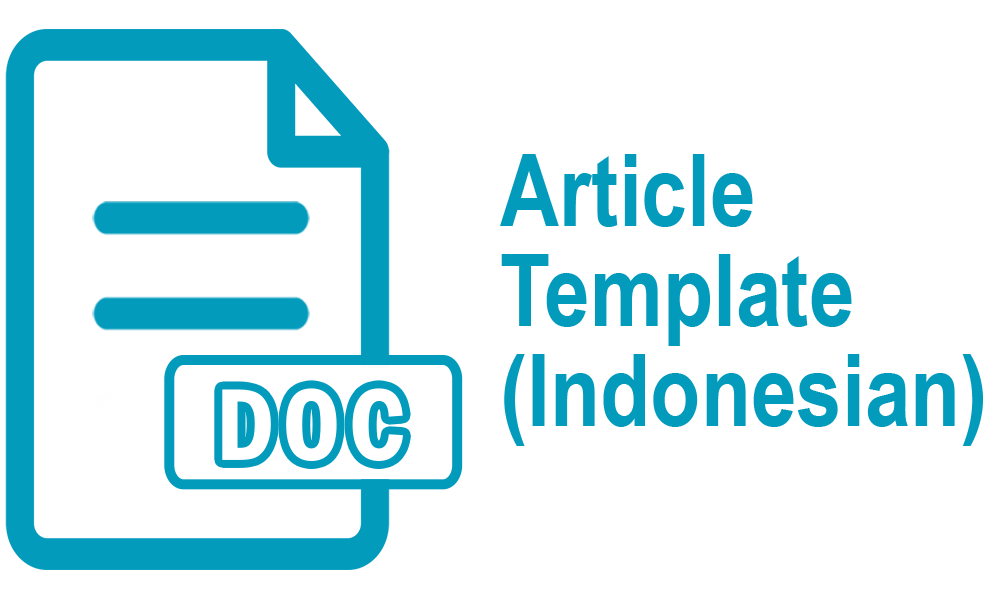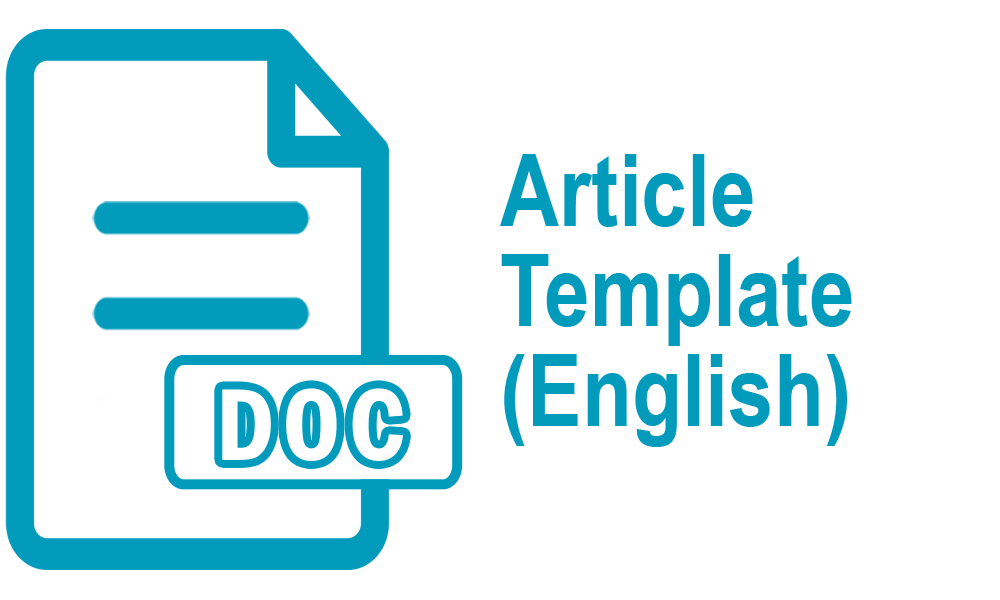African American Vernacular English in Shrek Movie
Abstract
Abstract
Language is influenced by social differences that appear in society, such as age, gender, religion, power, economic status, and ethnicity. Those social factors produce different kinds of language which is called as variety. Ethnicity as one of the social factors influences the emergence of variety that comes from African American people who lives in United States of America. The variety is called as African American Vernacular English (AAVE). AAVE is often used in literary works to represent African American ethnicity as occurred in Shrek movie through the character of Donkey.
This research focused on analyzing the grammatical characteristics of Donkey’s AAVE utterances and the factors underlying them through descriptive qualitative research. The result of this research showed that Donkey’s AAVE utterances have three AAVE’s grammatical features which are verb phrase, negation, and nominal and all four factors which consist of social class, gender, age, and linguistic environment underlying those grammatical characteristics. AAVE grammatical characteristics that appeared in Donkey’s utterances are Copula/Auxiliary Absence, Invariant be, Subject-Verb-Agreement, Other Verb Phrase Structure, ain’t, multiple negation, ain’t with but, and second person plural y’all. Those grammatical characteristics are influenced by Donkey’s working class status, his male gender, teenage age, and his mood when the utterances were taking place whether he was comfortable or not. AAVE grammatical characteristics indicate that Donkey’s character represents African American ethnicity through his utterances and the factors underlying them show that Donkey’s variety is influenced by the social factors that appear in society.
Key words: Language, Sociolinguistics, Ethnicity, AAVE, Shrek Movie
Abstrak
Bahasa dipengaruhi oleh perbedaan sosial yang timbul di masyarakat, seperti umur, gender, agama, kekuasaan, status ekonomi, dan etnis. Faktor-faktor sosial tersebut menghasilkan berbagai tipe dari bahasa yang disebut dengan variasi. Etnis sebagai salah satu sosial faktor tersebut mempengaruhi kemunculan sebuah variasi yang berasal dari orang Afrika Amerika yang tinggal di Amerika. Variasi tersebut dinamakan bahasa Inggris Vernakular Afrika Amerika atau AAVE dalam istilah bahasa Inggris. AAVE sering digunakan di karya sastra untuk merepresentasikan etnis Afrika Amerika seperti yang terjadi di film Shrek melalui karakter Donkey.
Penelitian ini berfokus pada analisa karakteristik gramatikal dari ujaran AAVE oleh Donkey dan faktor yang mempengaruhi melalui penelitian kualitatif deskriptif. Hasil dari penelitian ini menunjukkan bahwa ujaran AAVE Donkey terdiri dari tiga fitur gramatikal, yaitu frasa kata kerja, negasi, dan nominal, dan keempat faktor yang mempengaruhinya, yaitu kelas sosial, gender, umur, dan lingkungan linguistik. Karakteristik gramatikal yang muncul pada ujaran Donkey adalah Ketiadaan Copula/Auxiliary, Invariant be, Subjek-Predikat-Object, Frasa Kata Kerja yang Lain, ain’t, negasi ganda, ain’t dengan but, dan orang kedua jamak y’all. Karakteristik gramatikal tersebut dipengaruhi oleh kelas sosial Donkey yang adalah kelas bawah, gender laki-lakinya, umur remaja, dan suasana hatinya apakah dia merasa nyaman atau tidak ketika sedang berdialog. Karakteristik gramatikal AAVE dalam ujaran Donkey mengindikasikan bahwa karakter Donkey merepresentasikan etnis Afrika Amerika melalui ujarannya dan faktor yang mendasarinya menunjukkan bahwa variasi bahasa Donkey dipengaruhi oleh faktor sosial yang muncul dalam masyarakat.
Kata kunci: Bahasa, Sosiolinguistik, Etnis, AAVE, Film Shrek
Full Text:
PDFReferences
Figueroa, E. (1994). Sociolinguistic Metatheory. UK: Elsevier Science Ltd.
Fishman, J. A. (1999). Handbook of Language and Ethnic Identity. New York: Oxford University Press, Inc.
Fought, G. (2006). Language and Ethnicity. New York: Cambridge University Press.
Green, L. J. (2002). African American English. New York: Cambridge University Press.
Hudson, R. A. (1987). Sociolinguistic (Cambridge Textbook in Linguistics). Cambridge: Cambridge University Press.
Hymes, D. (1974). Foundation in Sociolinguistics: An Ethnographic Approach. UK: Billing & Sons Ltd.
Katzenberg, J., Warner, A., & Williams, J. H. (Producer) & Adamson, A. & Jenson, V. (Director). (2001). Shrek [Motion Picture]. United States: DreamWorks Pictures.
Miles, M. B. & Huberman, A. M. (1994). An Expanded Sourcebook: Qualitative Data Analysis (2nd ed.). London: Sage Publication.
Reyes, A. (2010). Language and Ethnicity. In Hornberger & Mckay (Eds.), Sociolinguistics and Language Education (pp. 398-426). Retrieved from http://www.hunter.cuny.edu/english/angela-reyes/repository/files/reyes_cv_old.pdf.
Rickford, J. R. (1999). Phonological and Grammatical Features of African American Vernacular English. In African American Vernacular English (pp. 3-14). Oxford: Blackwell.
Rickford, J. R. & Rickford, R. J. (2000). Spoken Soul: the Story of Black English. Canada: John Wiley & Sons, Inc.
Steig, W. & Elliot T. (2001). Shrek. Retrieved from http://www.imsdb.com/scripts/Shrek.html.
Trudgill, P. (2002). Sociolinguistics (4th ed.). London: Penguin.
Wolfram, W. (2004). The Grammar of Urban African American Vernacular English. In Kortmann & Schneider (Eds.), Handbook of Varieties of English (pp. 112-132). Retrieved from http://www.ncsu.edu/linguistics/docs/pdfs/walt/PDF_Urban_AAE.pdf.
Wardhaugh, R. & Fuller, J. M. (2015). An Introduction to Sociolinguistics (7th ed.). UK: Wiley Blackwell.
DOI: http://dx.doi.org/10.30872/jbssb.v2i2.904
Refbacks
- There are currently no refbacks.
Copyright (c) 2018 Devi Indah Anggreeni, M. Bahri Arifin, Ririn Setyowati
Editorial address:
Fakultas Ilmu Budaya, Universitas Mulawarman
Jl. Ki Hajar Dewantara, Gunung Kelua, Kec. Samarinda Ulu, Kota Samarinda, Kalimantan Timur, Indonesia 75123
Email: jurnalilmubudaya.fibunmul@gmail.com
Website: http://e-journals.unmul.ac.id/index.php/JBSSB
Ilmu Budaya: Jurnal Bahasa, Sastra, Seni, dan Budaya is licensed under a Creative Commons Attribution-ShareAlike 4.0 International License






